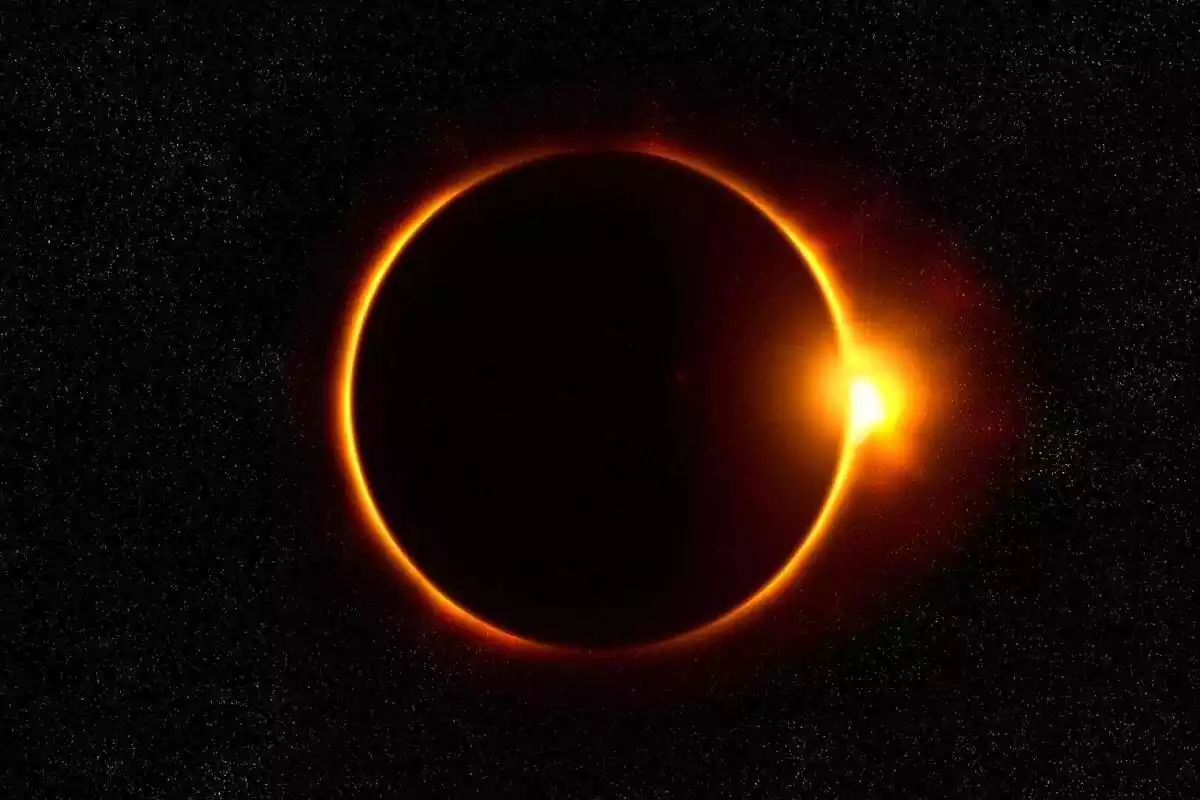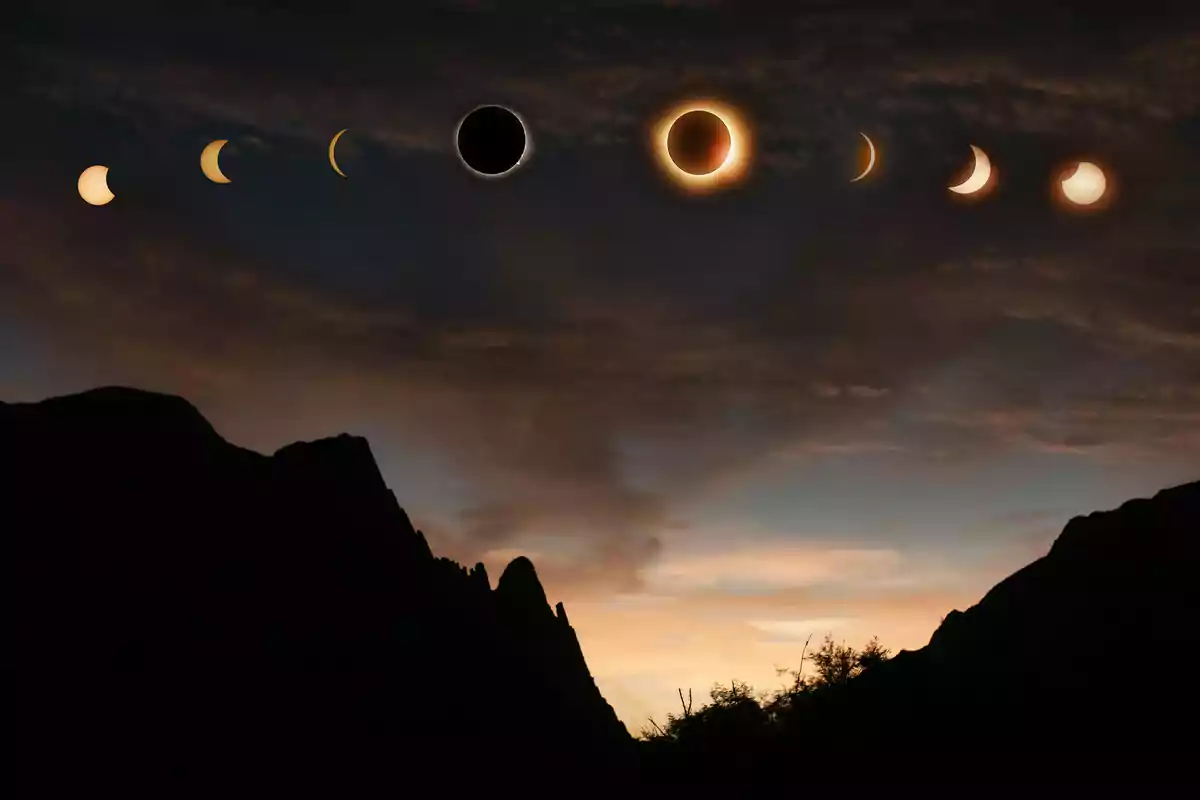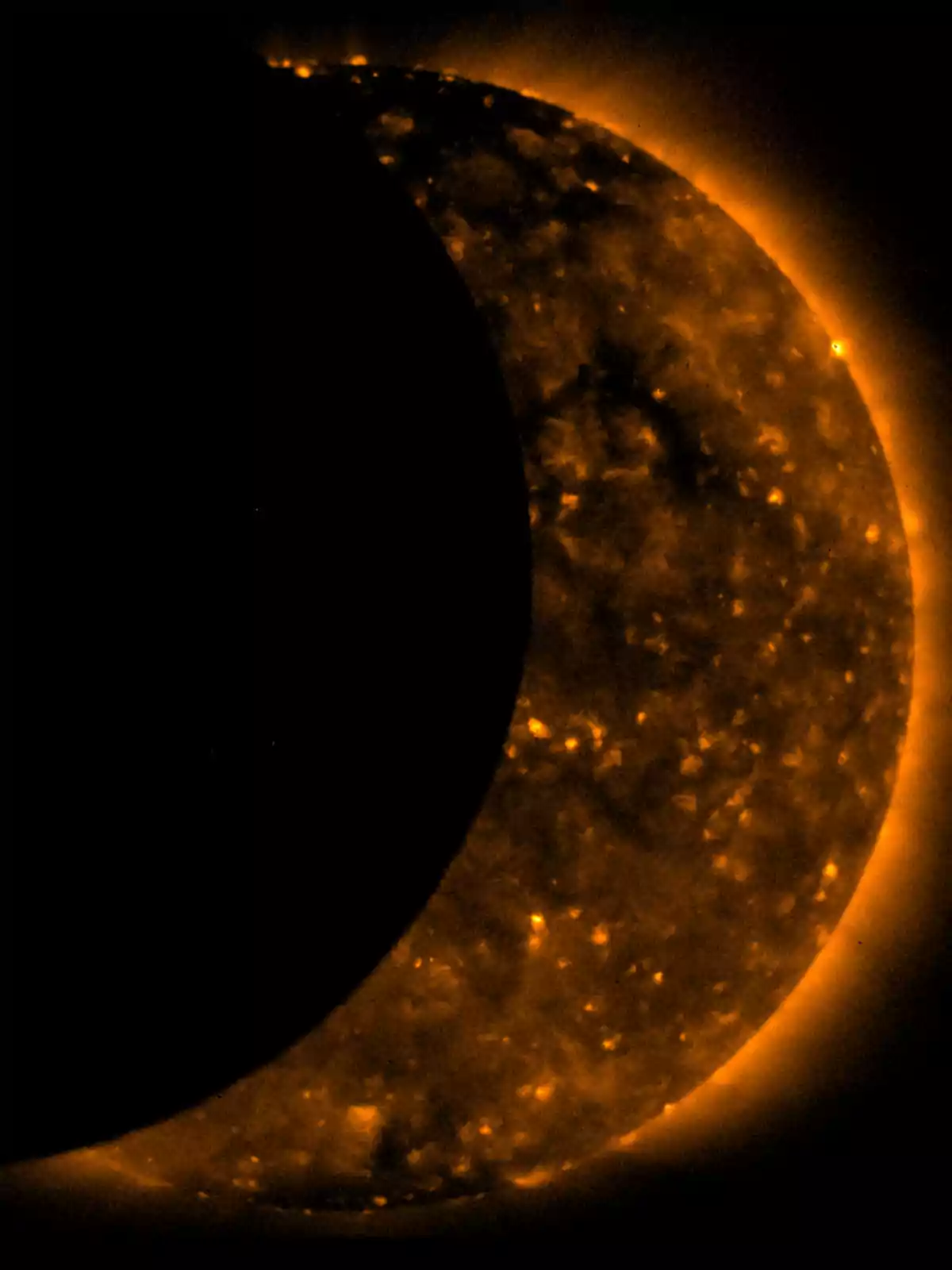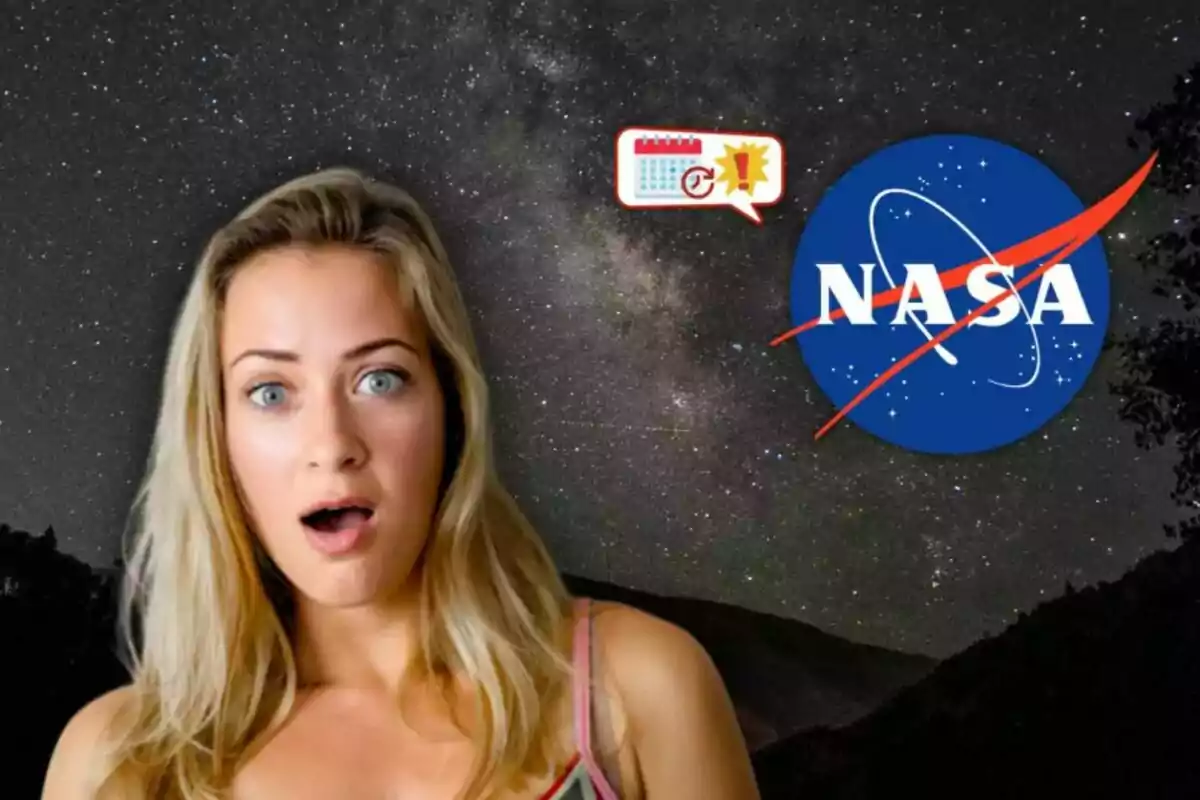NASA already knows exactly when the most spectacular astronomical phenomenon of the coming centuries will take place. The space agency has announced in detail when this event will occur, which, according to experts, will mark a turning point in the observation of the cosmos. However, along with this precise prediction has come a disappointment that many did not expect.
It will be the longest solar eclipse of the millennium and will last an astonishing 7 minutes and 29 seconds. This type of phenomenon is extremely rare, both because of its duration and the conditions that make it possible. NASA has confirmed that everything is aligned for an unprecedented event to happen.

Why will this eclipse last so long?
The explanation behind this extraordinary duration lies in the position of the celestial bodies that day. Earth will be at aphelion, its farthest point from the Sun, while the Moon will be at perigee, its closest point to our planet. That combination will make the Moon appear larger and block the Sun for a longer time.
In other words, it is not that the eclipse will "last longer" just because, but because the astronomical conditions will work in its favor. The alignment will be so perfect that darkness will be kept for more than seven minutes, when it usually lasts about two or three. This will allow scientists to study phenomena that can normally only be analyzed for a few seconds.

A unique astronomical phenomenon with notable observation points
One of the main research focuses will be Earth's ionosphere, the layer that reacts strongly to abrupt changes in solar radiation. During those minutes of total eclipse, the temperature will drop drastically and unique conditions will be caused. It will be an opportunity that, literally, happens only once every several centuries.
This eclipse will be total and visible only from a specific strip of the planet, which makes it an even more exclusive phenomenon. According to the institution, it will be especially visible from the Atlantic Ocean, northern Brazil, French Guiana, some Caribbean islands, and areas of western Africa such as Ghana and Togo. In Spain, however, the eclipse will only be partially visible.

What is the bad news?
The majority of humans living today will not get to witness it. Unlike other eclipses announced in the coming years, this one has been scheduled for more than a century and a half from now. As impressive as it may be, the truth is that it is reserved for future generations.
The prediction is not the result of speculation, but of extremely precise calculations. The scientific team has used models based on Newton's laws of motion and the current positioning of Earth and the Moon. "Eclipses are specific configurations of celestial bodies, and we can identify them mathematically," the responsible organization has explained.
The date of the longest eclipse in history
The eclipse will occur on July 16, 2186, surpassing even the one that took place in 2009, which lasted 6 minutes and 39 seconds. That had been the longest to date in modern times, and it already seemed unbeatable. Now, the record will be surpassed by a full minute, something that many astronomers consider extraordinary.

The news has been received with enthusiasm by the scientific community, although with a certain melancholy among space enthusiasts. Knowing that a unique phenomenon will occur that we will not be able to experience generates a mix of fascination and resignation. Even so, knowing about it is already part of the privilege.

